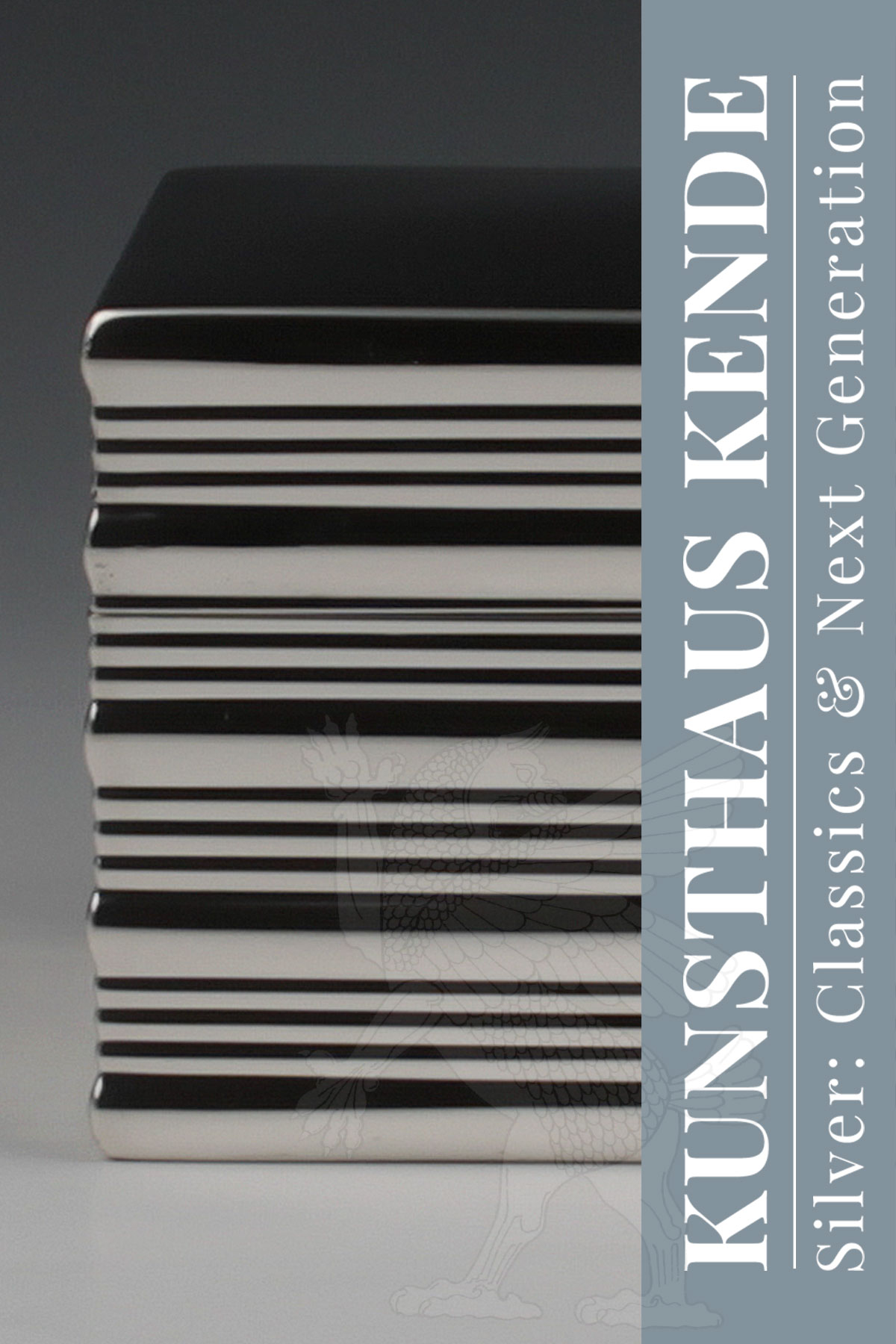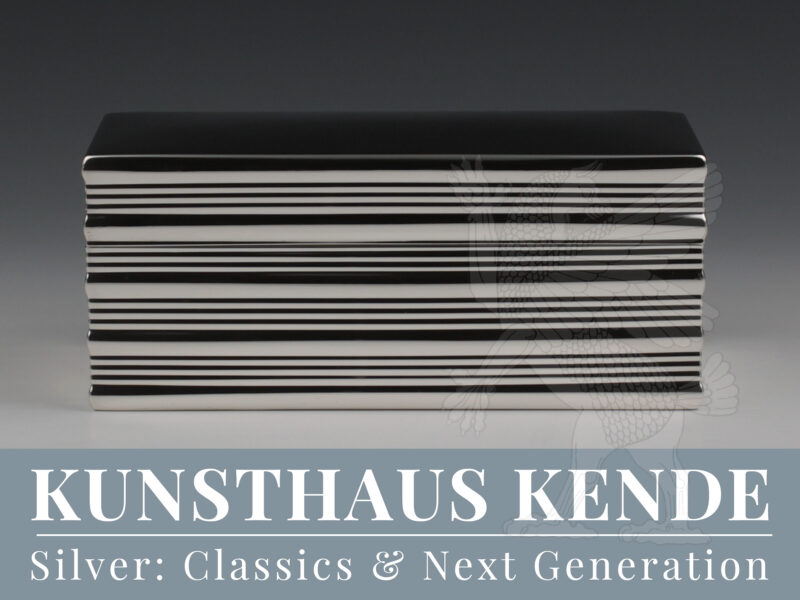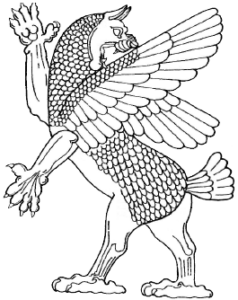Item number: 59083
A museum quality 900 grade silver cigar box, Vienna 1924,
designed by Josef Hoffmann, executed by Wiener Werkstätte
The body decorated on all sides with chased lines, the lid subtly curved. The interior made of blackened wood with shellac polished surface. Very modern looking object in remarkably good condition. This work was executed only once.
16.5 cm / 6.49″ length, 8.6 cm / 3.38″ width, 7.2 cm / 2.83″ tall; weight incl. wooden insert: 535.5 g / 17.21 oz
The object illustrates Josef Hoffmann’s preference for strict geometricism, to which he turned increasingly again after a phase of rather ornate designs. The MAK (Museum für angewandte Kunst – Museum of applied arts) in Vienna holds the design sketch for this lidded box (see here), as well as its contemporary photograph (see here).
In the documents of the Wiener Werkstätte Philipp Häusler is named as designer but crossed out and corrected to “J.H.” for Josef Hoffmann. Philipp Häusler was Josef Hoffmann’s assistant in the architectural class at the Kunstgewerbeschule (School of Arts and Crafts) Vienna, between 1911 and 1913. In the period around 1920 he was also head of the Wiener Werkstätte until he left it in 1925 due to divergences. The box bears the hallmarks of both Josef Hoffmann and Philipp Häusler. Alois Wabak, who worked at the Wiener Werkstätte from 1917 to 1929, is also named as the executing silversmith, as is the metalworker Johann Schittenhelm being responsible for grinding and polishing. However, it is more likely that the maker´s mark “AW” is the silversmith Adolf Wertnik, who is attributed to this mark elsewhere in the Wiener Werkstätte documents. The object is further hallmarked WIENER WERK STÄTTE (in three lines), WW and Made in Austria, as well as on the lid and base with the hoopoe head (with W for Vienna, 2 for silver of fineness 900/1000).
Provenance: American private collection.
We would like to thank Dr Anne-Katrin Rossberg (MAK – Museum der angewandten Kunst, Vienna. Custodian for the Metal Collection and Wiener-Werkstätte Archive) for information on the object.
The MAK holds the estate of the Wiener Werkstätte and, in addition to executed works and contemporary photographs, also owns a large part of the design drawings.





